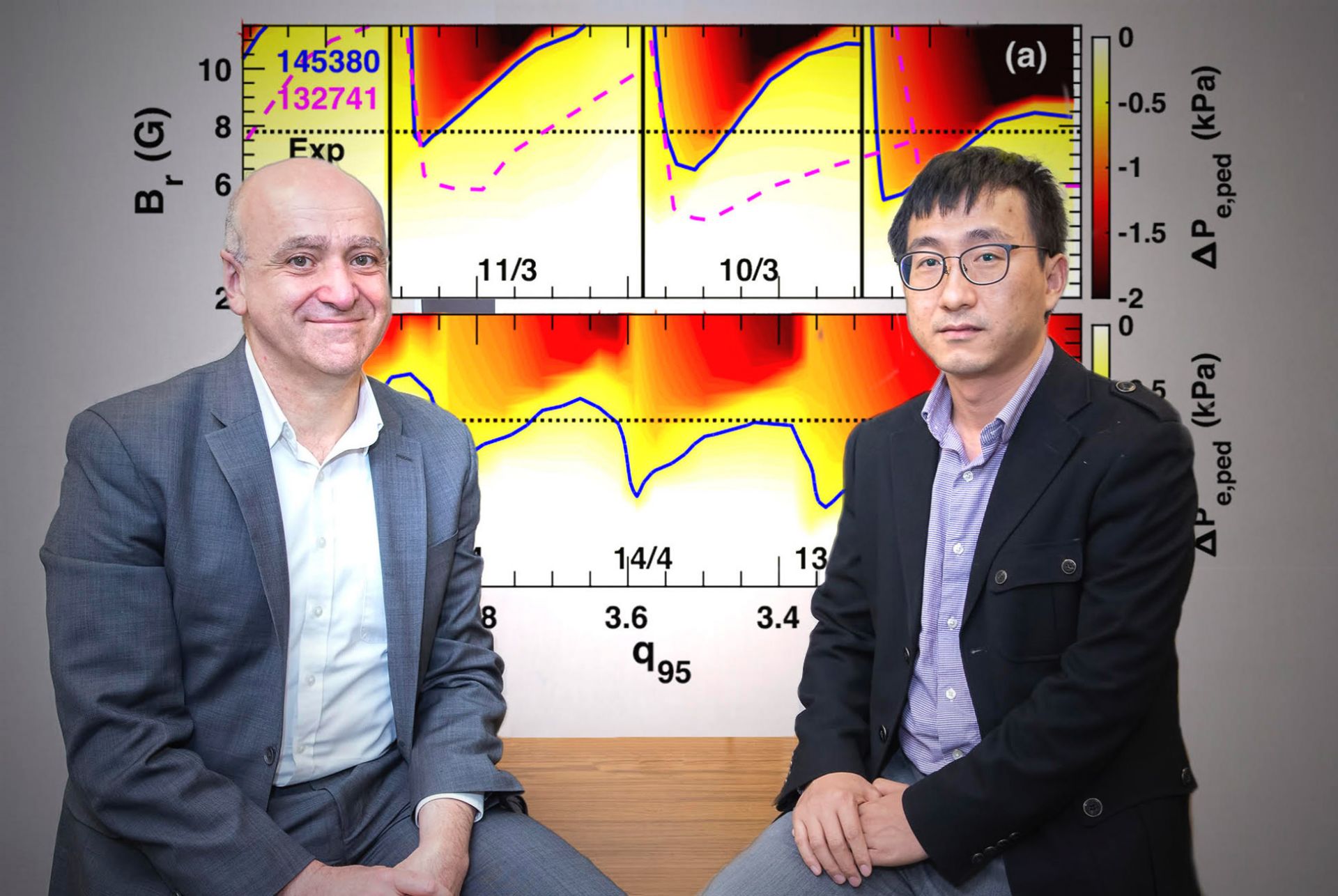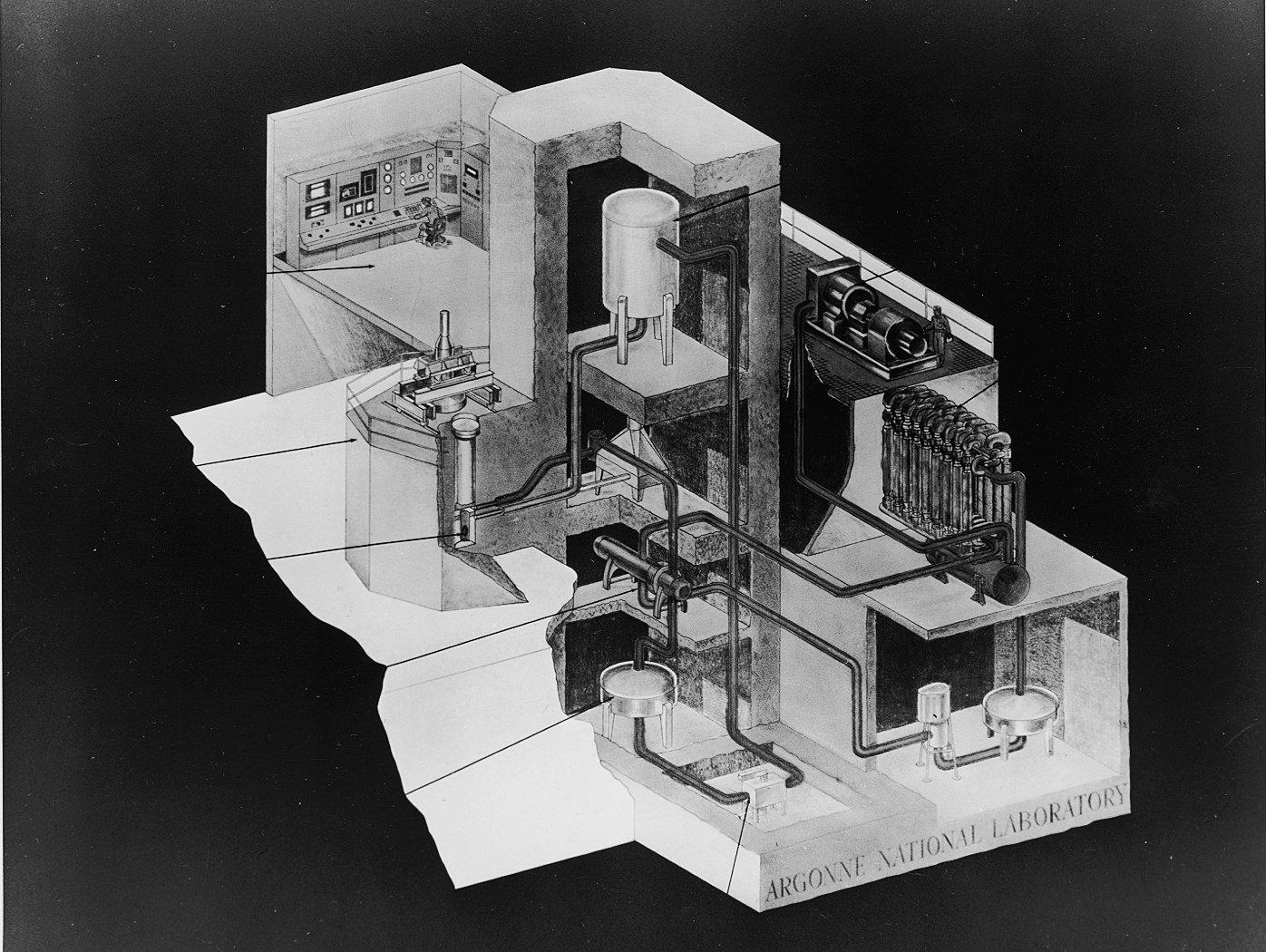Kazatomprom to continue reduced uranium production through 2022
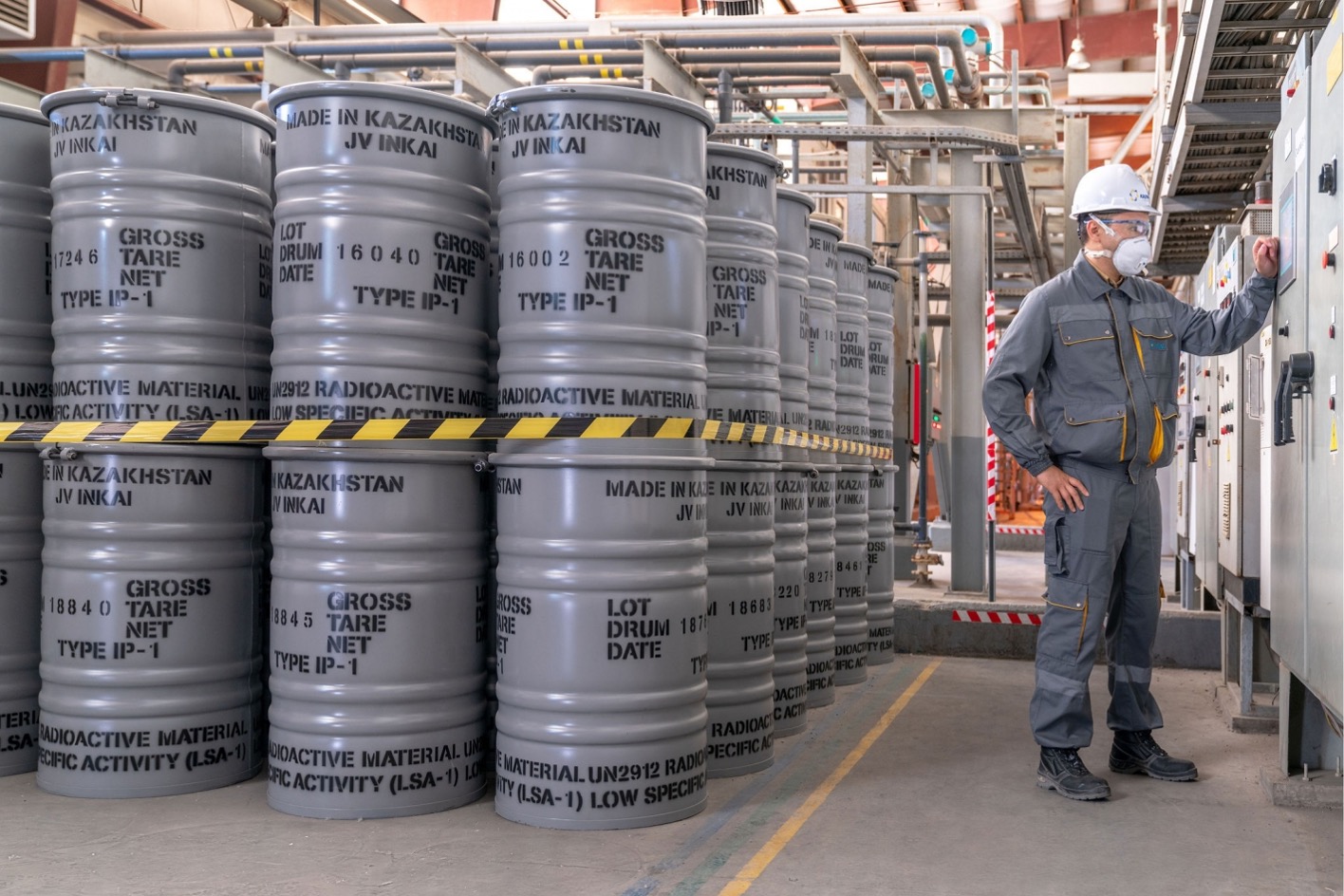
Kazatomprom is extending uranium production cuts. Photo: Kazatomprom
Kazatomprom, Kazakhstan’s state-owned uranium production company, will continue “flexing down” production by 20 percent through 2022, compared to the planned levels under subsoil use contracts, the company announced last week. It will also maintain its 20 percent reduction against subsoil use contracts in 2021, with no additional production planned to replace volumes lost in 2020 due to measures taken to combat COVID-19.
Kazatomprom does not expect to return to full subsoil use contract production levels until a sustained market recovery is evident and demand and supply conditions signal a need for more uranium, the company noted.



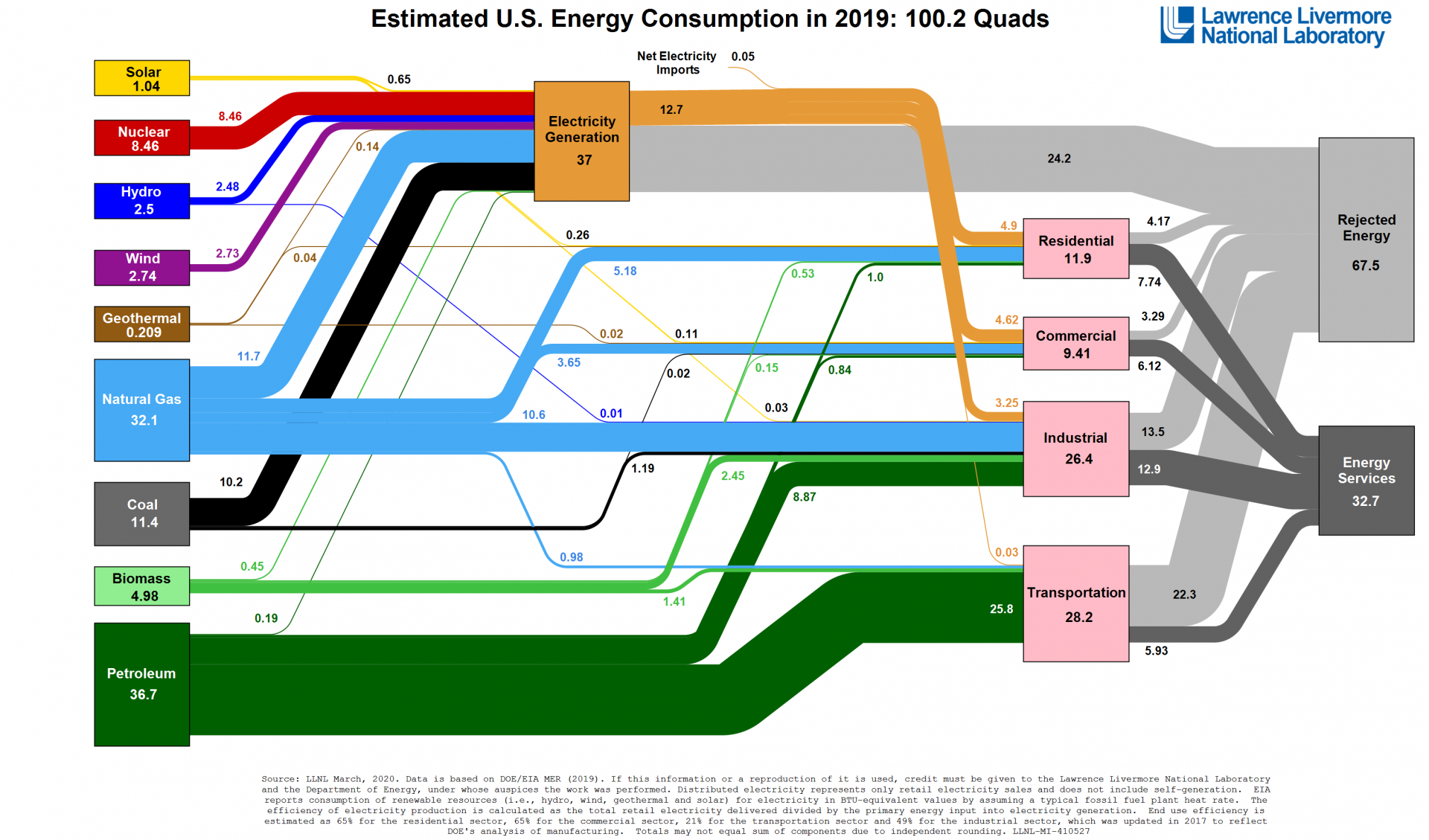
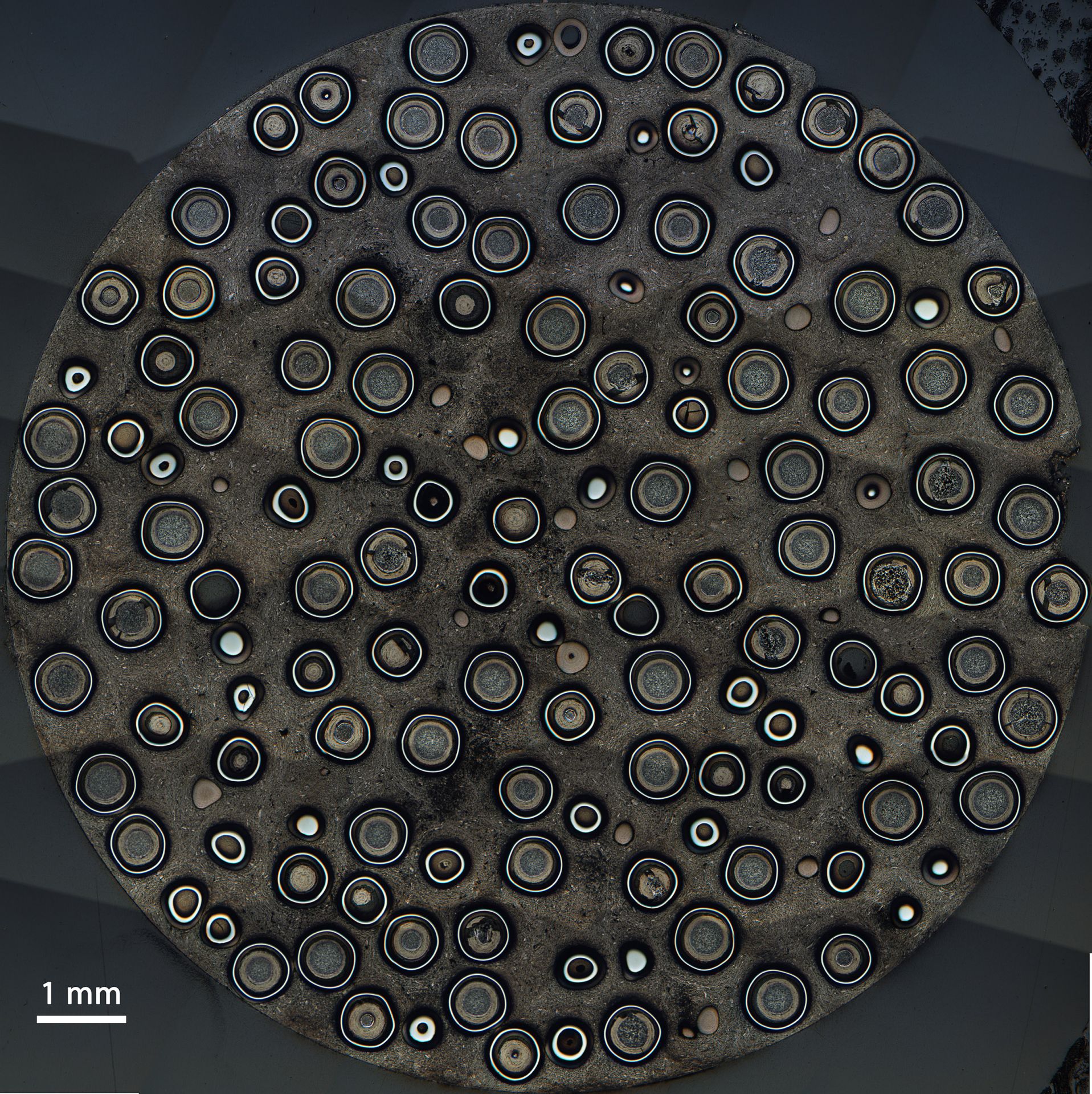
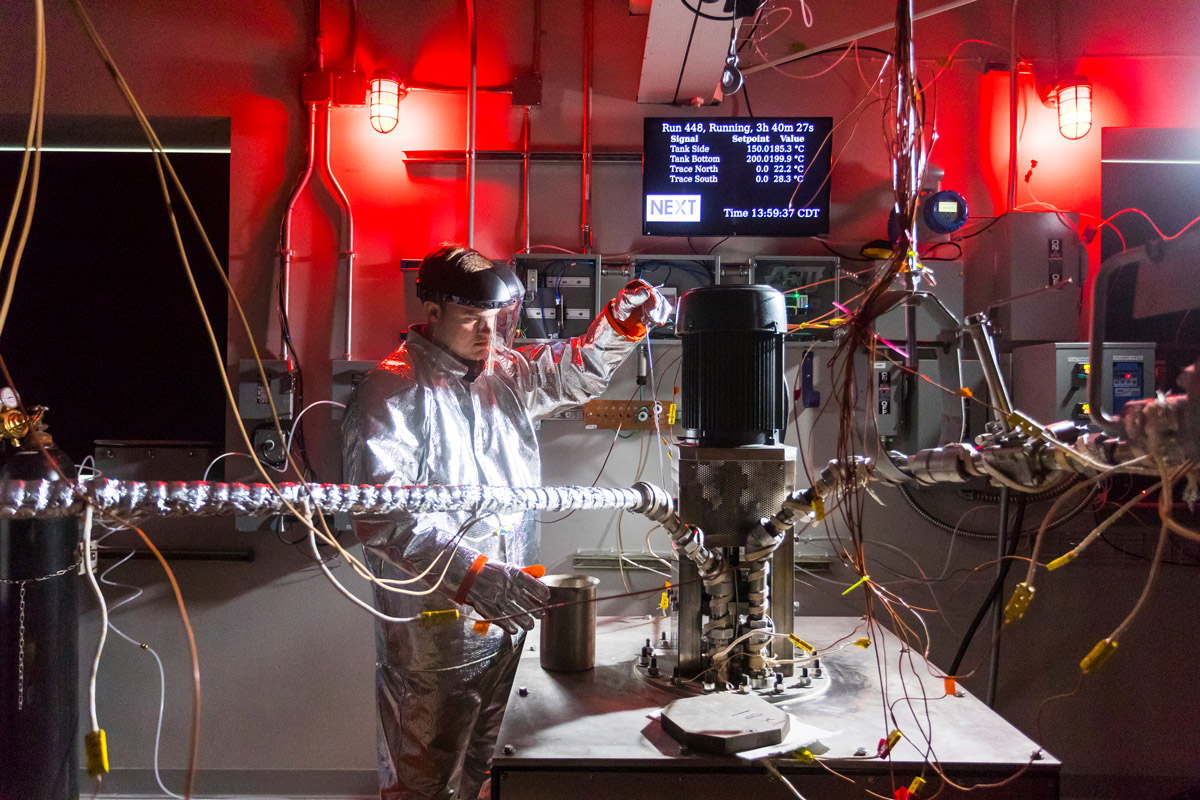
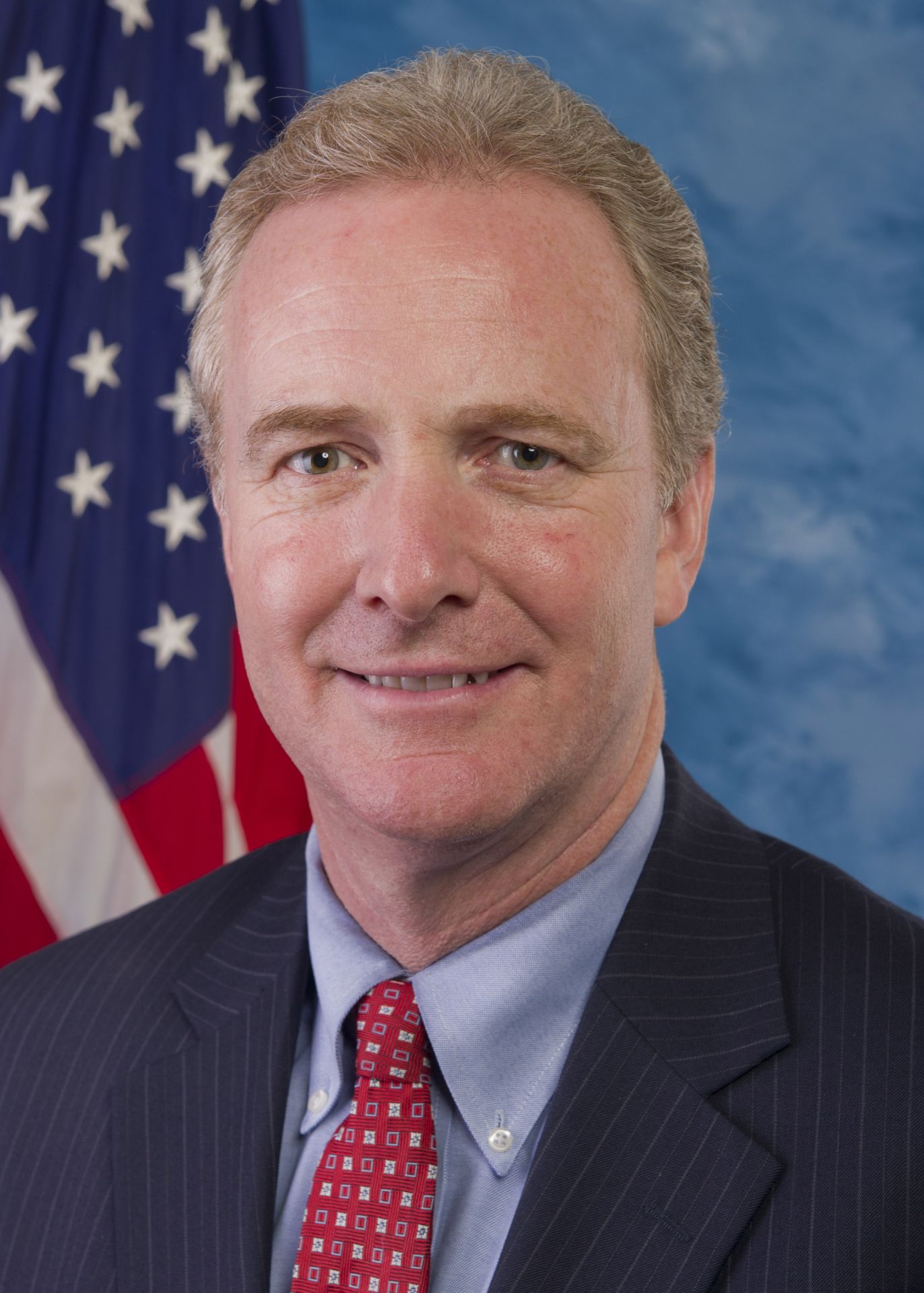
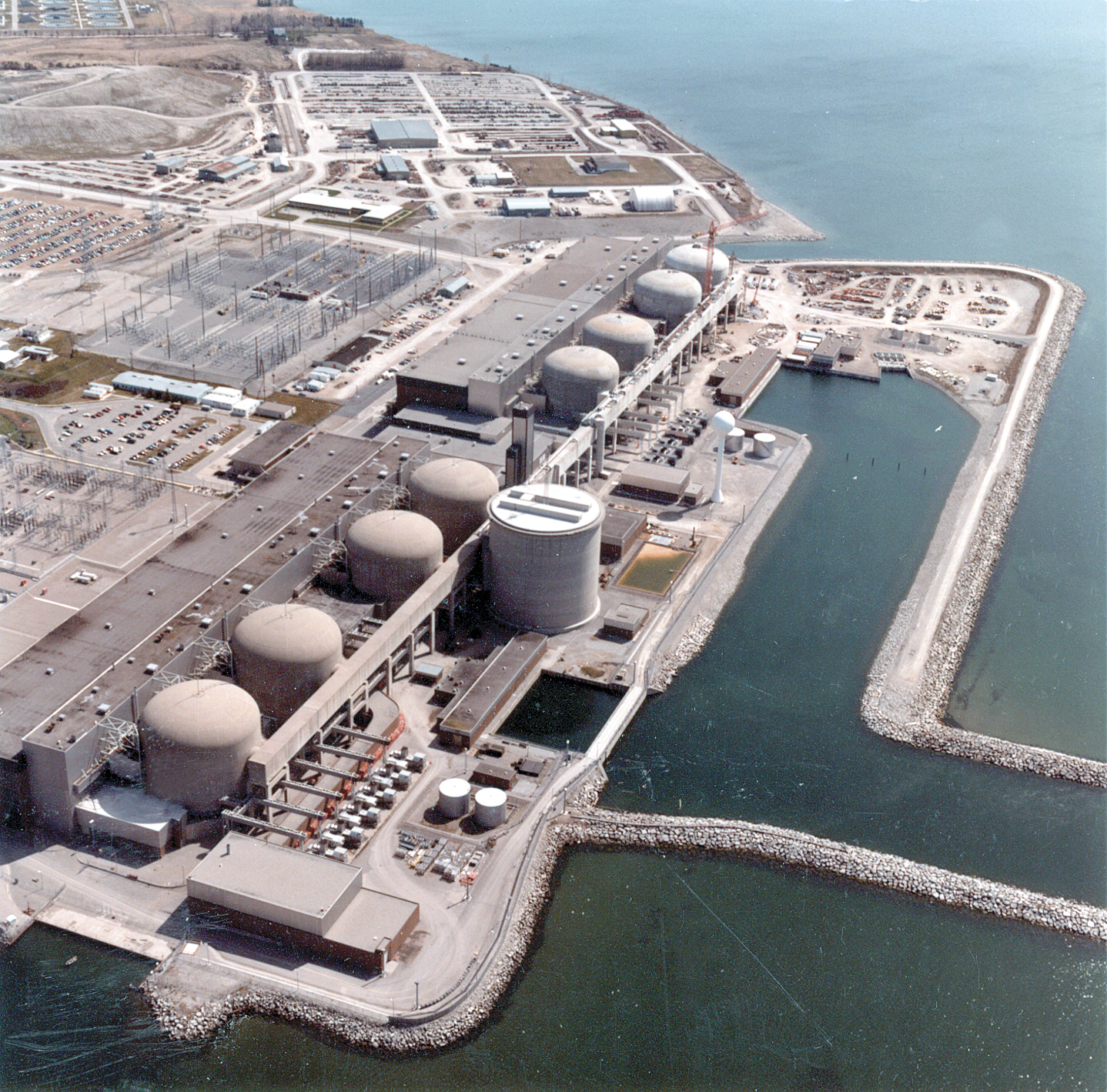

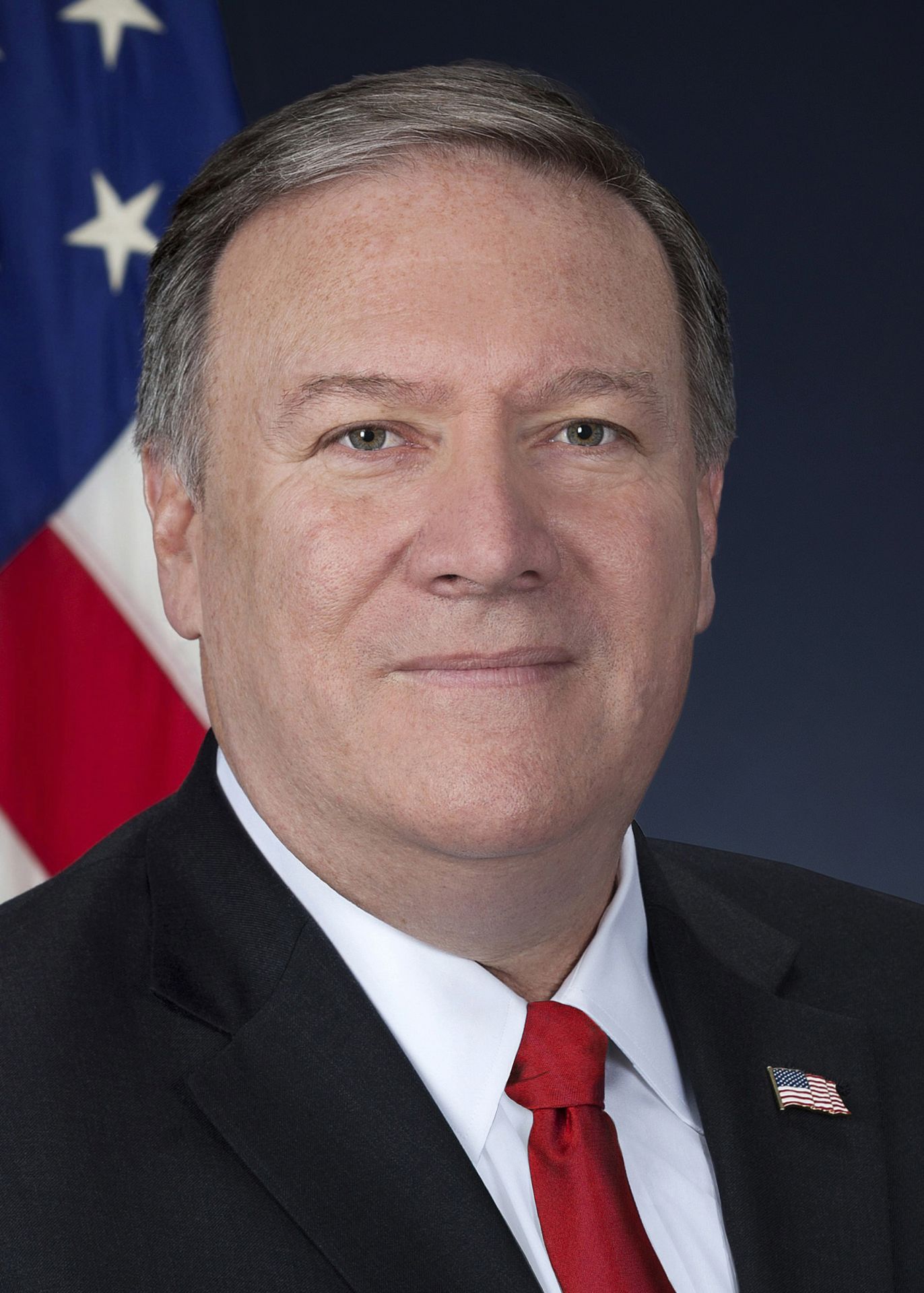
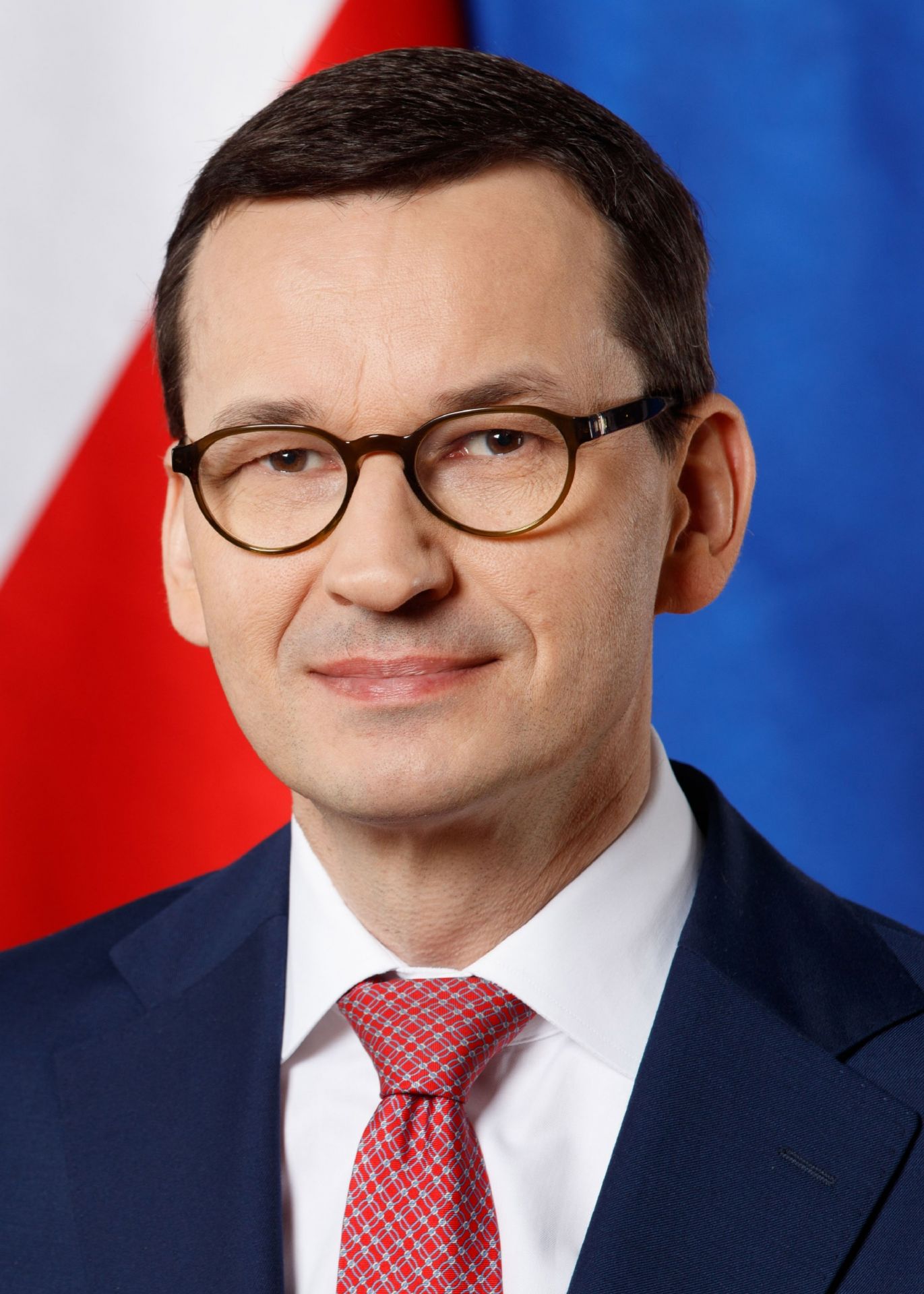
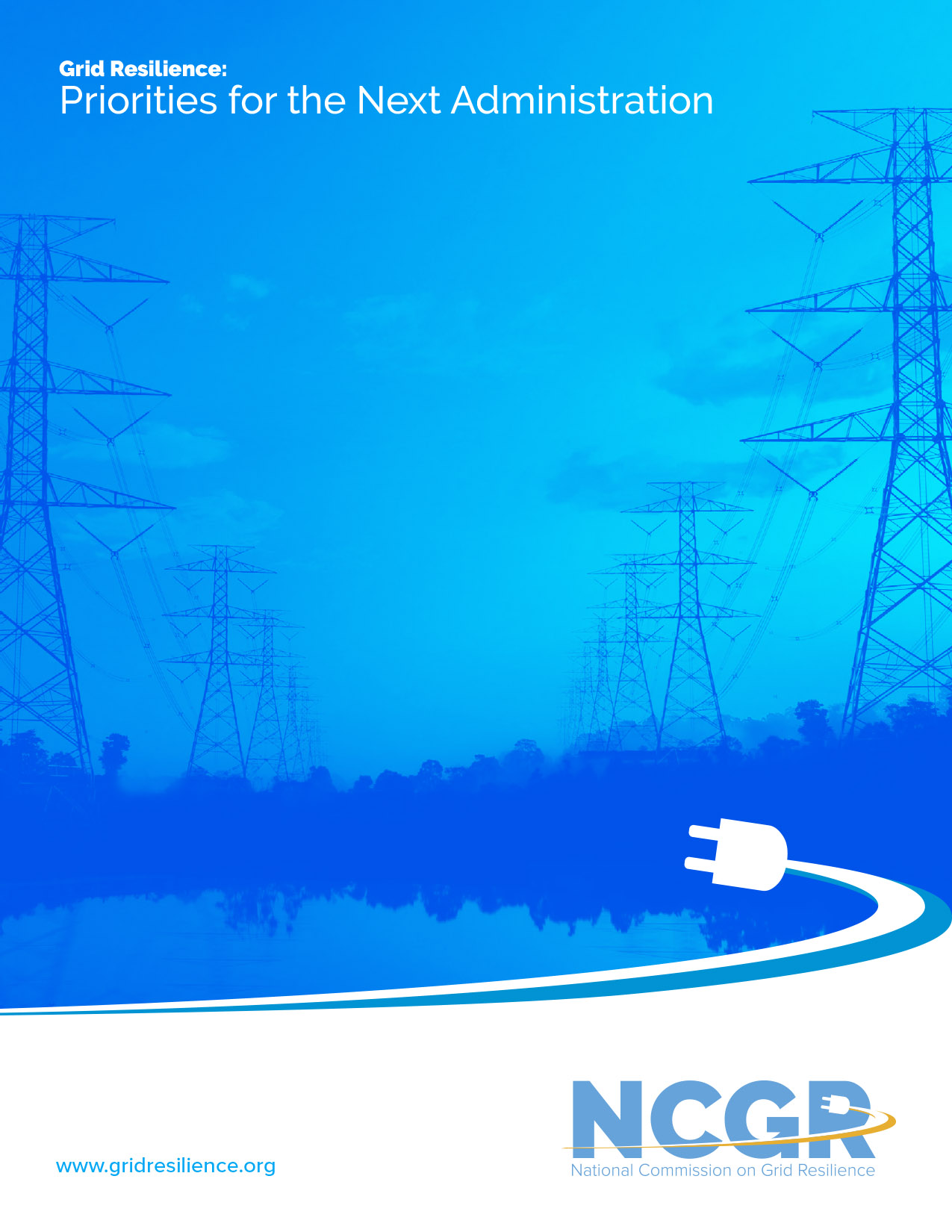 The National Commission on Grid Resilience (NCGR) has released a report recommending a series of actions to better address threats to the bulk power system in the United States. While noting that “substantial progress has been made in a short time” toward improving grid resilience, the report declares that “more needs to be done, and in record time.”
The National Commission on Grid Resilience (NCGR) has released a report recommending a series of actions to better address threats to the bulk power system in the United States. While noting that “substantial progress has been made in a short time” toward improving grid resilience, the report declares that “more needs to be done, and in record time.”